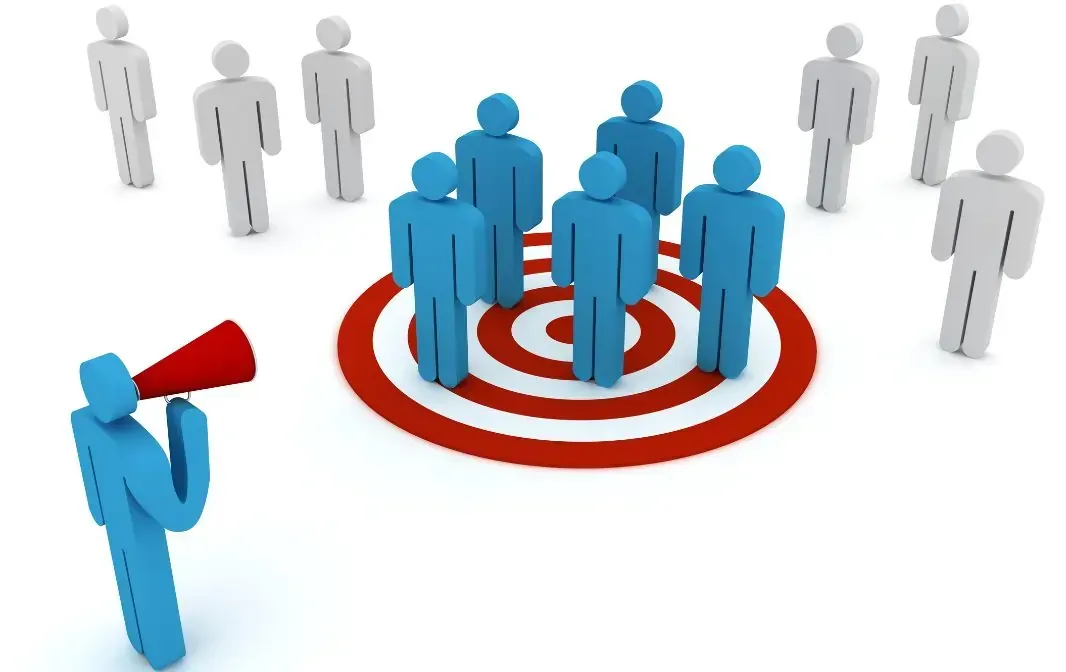Content Marketing Strategies for Dentists

In the competitive world of dentistry, a strong content marketing strategy is essential for attracting and retaining patients. This guide explores effective dental content marketing techniques, successful content examples, strategy planning, and performance measurement. By leveraging these insights, dental marketers and dental office owners can enhance their online presence and drive patient engagement.
Developing a Dental Content Strategy
Creating a comprehensive dental content strategy involves several key steps:
1. Define Your Goals
Start by setting clear, measurable goals. These could include:
- Increasing website traffic
- Generating more patient leads
- Enhancing patient education
- Building brand authority
For more on developing dental marketing goals, check out our detailed marketing strategies.
2. Know Your Audience
Understanding your target audience is crucial. Identify their needs, preferences, and pain points. Consider demographics such as age, location, and income, as well as behavioral factors like search habits and content preferences.
Learn how to effectively define and target your audience with our comprehensive social media marketing services.
3. Conduct Keyword Research
Effective content marketing relies on targeted keywords. Use tools like Google Keyword Planner, SEMrush, or Ahrefs to identify high-traffic, low-competition keywords related to dentistry. Focus on long-tail keywords to capture specific queries, such as “best dental implants in [city]” or “how to prevent cavities.”
For more keyword research techniques, see how SEO services can help grow your practice.
4. Create High-Quality Content
Produce content that addresses your audience's needs and interests. Examples include:
- Blog Posts: Informative articles on dental health tips, treatments, and industry news.
- Videos: Tutorials on oral hygiene practices, patient testimonials, and explainer videos about procedures.
- Infographics: Visual content that simplifies complex dental topics.
- Social Media Posts: Engaging content tailored for platforms like Facebook, Instagram, and Twitter.
Find out how blog services can boost patient engagement.
5. Optimize for SEO
Ensure your content is optimized for search engines. Use targeted keywords in headings, meta descriptions, and throughout the content. Additionally, optimize images with alt text and use internal linking to boost your site’s SEO. Check out how our website services can ensure your content is fully SEO-optimized.
6. Promote Your Content
Distribute your content through various channels to maximize reach. Share blog posts on social media, send newsletters to your email list, and consider guest posting on reputable dental websites.
7. Measure Performance
Use analytics tools to track the performance of your content. Key metrics to monitor include:
- Website Traffic: Monitor the number of visitors and their behavior on your site.
- Engagement: Track likes, shares, comments, and time spent on your content.
- Conversions: Measure how many visitors become leads or patients.
For more tools on performance tracking, consider our call tracking and quarterly reviews.
Examples of Successful Dental Content
1. Smileworks Liverpool
Smileworks Liverpool has an engaging blog that covers a wide range of dental topics, from cosmetic procedures to general dental care. Their content is visually appealing, easy to read, and often includes patient testimonials and before-and-after photos.
2. The Dental Studio
The Dental Studio uses video content effectively to educate patients about different treatments. Their YouTube channel features detailed explanations of procedures, patient experiences, and oral hygiene tips.
3. Coastal Dental
Coastal Dental leverages social media to connect with their audience. They share daily posts that include dental tips, fun facts, and promotions. Their interactive content encourages engagement and helps build a loyal community.
Strategy Planning and Implementation
Step-by-Step Guide
- Audit Existing Content: Review your current content to identify strengths and gaps.
- Set SMART Goals: Ensure your goals are Specific, Measurable, Achievable, Relevant, and Time-bound.
- Develop a Content Calendar: Plan your content schedule, including topics, formats, and publishing dates.
- Assign Responsibilities: Delegate tasks to team members, such as content creation, editing, and promotion.
- Create Content: Produce high-quality, engaging content that meets your audience’s needs.
- Distribute Content: Share your content across various channels to reach a wider audience.
- Monitor and Adjust: Regularly review performance metrics and adjust your strategy as needed.
Find out how to improve content planning with marketing services.
Performance Measurement Tools
1. Google Analytics
Google Analytics provides comprehensive insights into your website traffic, user behavior, and conversions. Use it to track key metrics and understand how visitors interact with your content.
2. SEMrush
SEMrush offers powerful tools for keyword research, competitor analysis, and SEO tracking. It helps you identify opportunities to improve your content and increase organic traffic.
3. HubSpot
HubSpot’s content management tools allow you to plan, create, and analyze your content. It integrates with your CRM to provide a holistic view of your content’s performance and its impact on your business goals.
Learn more about dental SEO case studies and how we can help.
Developing a successful dental content marketing strategy requires careful planning, high-quality content creation, and ongoing performance measurement. By understanding your audience, leveraging targeted keywords, and using the right tools, you can enhance your online presence and attract more patients to your dental practice.
FAQs
Q1: What is the most effective type of content for dental marketing?
A: Educational blog posts and videos are highly effective for dental marketing as they help build trust and authority while educating patients.
Q2: How often should I publish new content?
A: Consistency is key. Aim to publish new content at least once a week to keep your audience engaged and improve SEO.
Q3: What tools can help me measure the success of my dental content?
A: Google Analytics, SEMrush, and HubSpot are excellent tools for tracking the performance of your dental content and identifying areas for improvement.






















